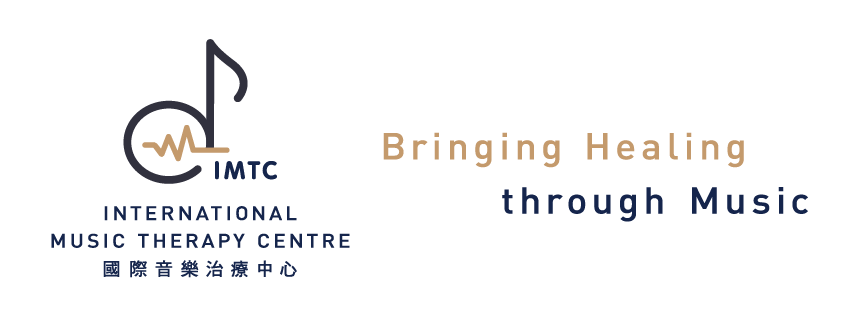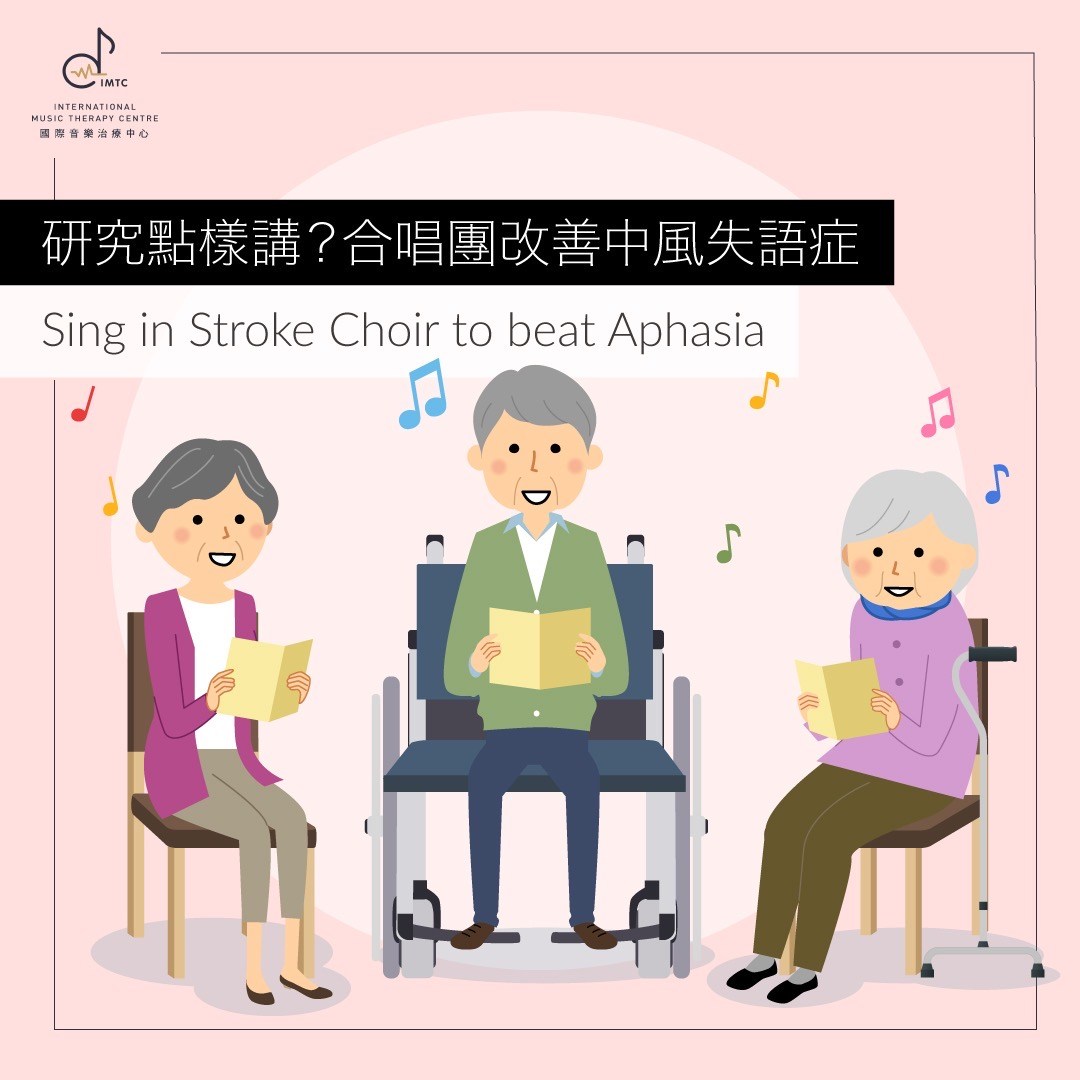Hit by the Omicron wave, Hong Kong is coping with its worst outbreak with an escalating number of confirmed cases and rising mortality rates. The economy was getting worse with an elevating of
unemployment rate. Under this challenging environment, many people are living under stress and anxiety. As a result, this will increase the risk of suffering from mental illness and emotional distress.
Music is a powerful tool for stress relief and relaxation. The elements in music which include melody, sound frequency and tempo will interfere with the neural activity in our brain which can calm our body and mind. According to the music and psychology research conducted in the US in 2018, the result showed that music with a tempo of 45bpm and a sound frequency of about -10dB can effectively slow down the heart rate and respiratory rate while achieving the effect of relaxation.
In Music Therapy, therapists will make use of music as a tool and collaborate with the client within the therapy session. The therapist will take up the role of a facilitator and guide the client to discover their thoughts and feelings throughout the therapeutic process. This can help dealing with the client’s unresolved issue and to relieve stress. Guided Imagery and Music (GIM) is one of the interventions used commonly in music therapy for relaxation. This method incorporates listening to music in a relaxed state which can stimulate the client’s imagination, feeling and emotion. In the process, the client’s emotional and mental status can be assessed through a conversation, observing their gesture and facial expression. In the induction, the client will be led by the therapist into a relaxed state and slowly enter the subconscious mind. Under the guidance of the therapist, Images will emerge while listening to music. The whole journey is closely guided by the therapist with voice and music. Clients will be invited to relate the image into real life and gain a better understanding of themselves.
Concerning research done by Beck et al., (2015) in the working class with high levels of stress, GIM can effectively reduce the salivary cortisol level which is an indicator of stress. Also, a significant improvement in self-perceived stress, mood disturbance, depression, anxiety and physical distress was noted.
Another music therapy intervention that will be adopted for relaxation is Vocal Toning. This makes use of the client’s voice as a tool and generates vibration. Making use of the vibration from their voices can achieve a stress relief effect and create inner peace. The vagus nerve is responsible for returning our body to a state of calm, and it is located next to the vocal cord. By generating sound vibration, the vagus nerve will be stimulated and induce body relaxation. Furthermore, vocal toning can return our brain waves into a peaceful state and relieve stress and tension. Snow et al., (2018) researched comparing vocal toning and singing for the effect of relaxation, singing can bring happiness to clients. On the contrary, vocal toning is powerful in inducing an altered state of awareness, enhancing meditation and diverting the clients’ attention to the present moments which is more relaxed.
References:
Beck, B., Hansen, Å., & Gold, C. (2015). Coping with Work-Related Stress through Guided Imagery and Music (GIM): Randomized Controlled Trial. Journal Of Music Therapy, 52(3), 323-352. https://doi.org/10.1093/jmt/thv011
Hernandez-Ruiz, E., James, B., Noll, J., & Chrysikou, E. (2018). What makes music relaxing? An investigation into musical elements. Psychology Of Music, 48(3), 327-343. https://doi.org/10.1177/0305735618798027
Snow, S., Bernardi, N., Sabet-Kassouf, N., Moran, D., & Lehmann, A. (2018). Exploring the Experience and Effects of Vocal Toning. Journal Of Music Therapy, 55(2), 221-250. https://doi.org/10.1093/jmt/thy003




